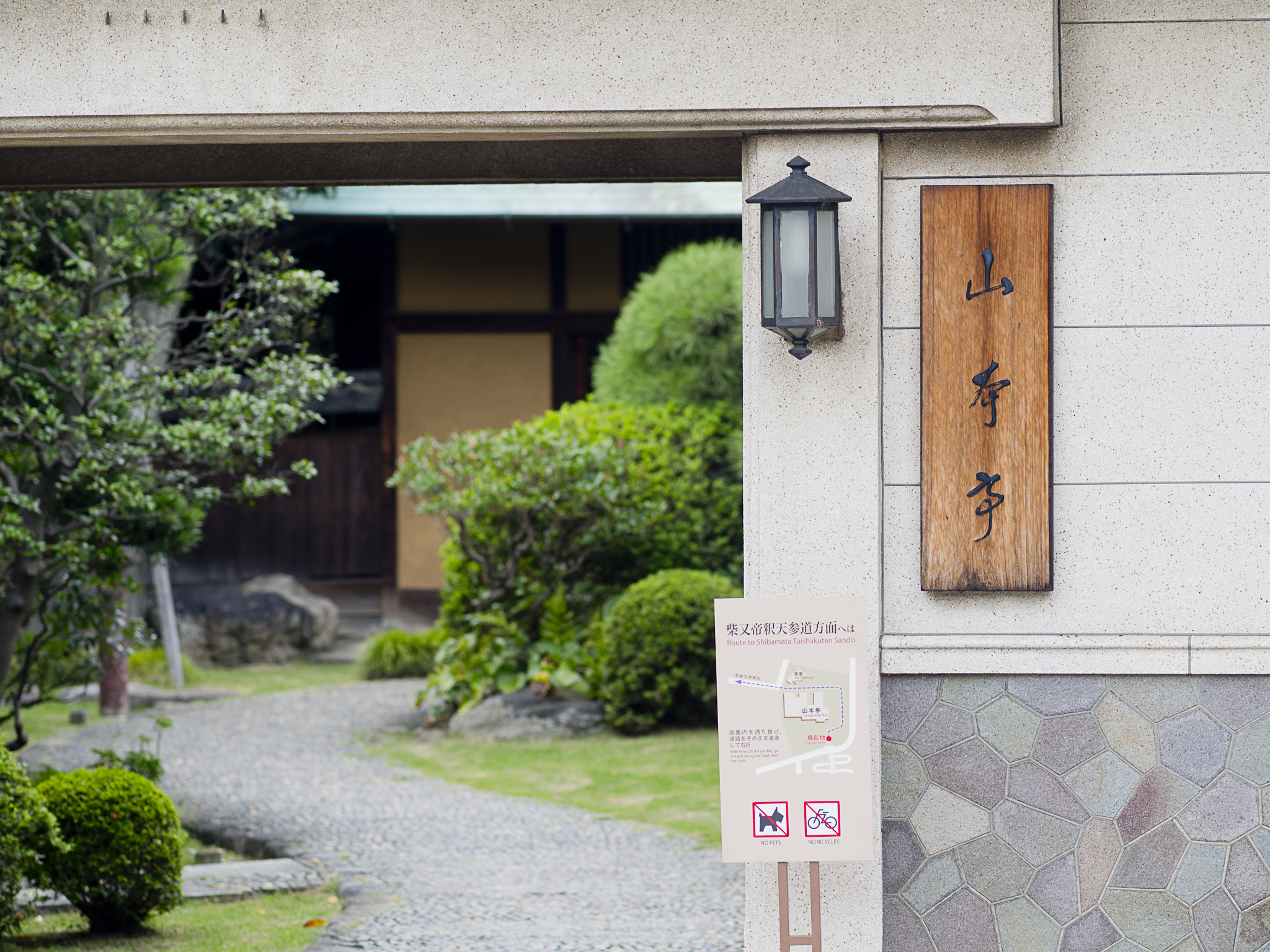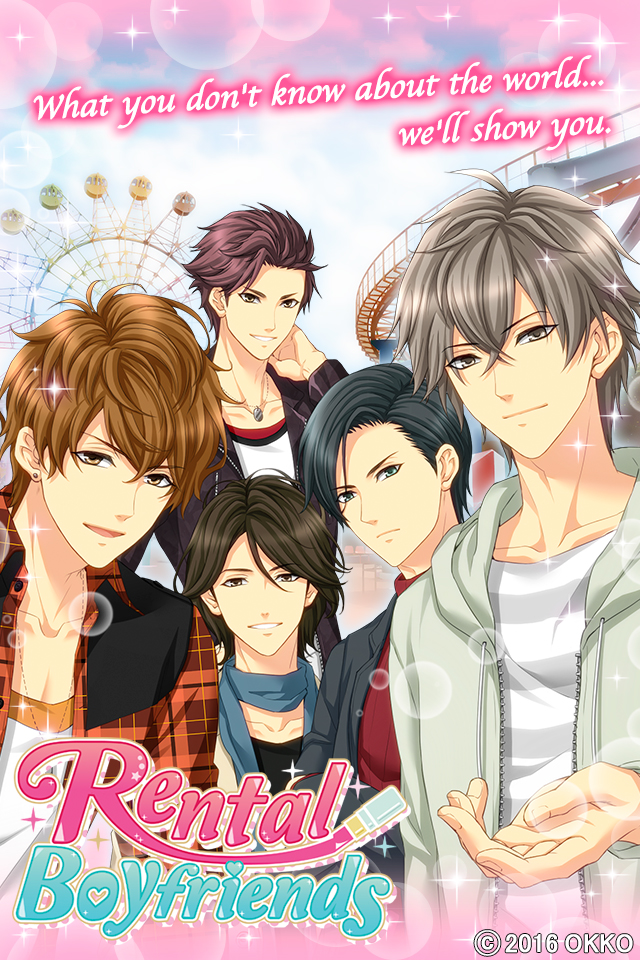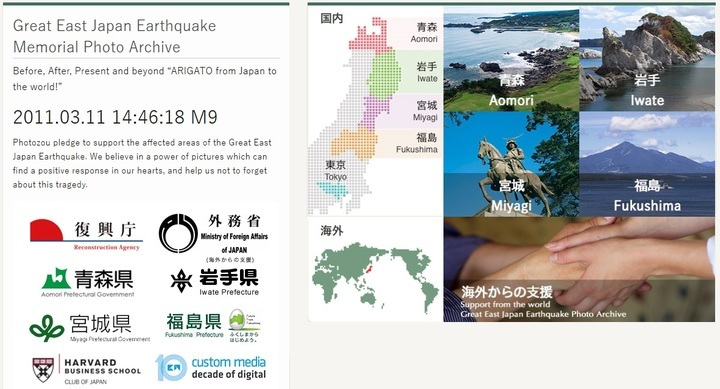Travel
Fri Mar 31,2017 10:00 am
Tokyo’s Yamamoto-tei has been ranked in the top three gardens in Japan by renowned Japanese garden specialty magazine, Sukiya Living.
Kyoritsu Maintenance Inc.
American magazine Sukiya Living:The Journal of Japanese Gardening has recognized Yamamoto-tei as one of the three top gardens in Japan in its 2016 ranking. The annual ranking assesses around 1000 public gardens across Japan on a criteria of beauty and tranquility, rather than size or fame. Yamamoto-tei has ranked in the top 10 since 2003. It's garden comprises a lush arrangement of shrubs and trees, a pond, and a waterfall to the back of the garden, the sound of which provides a sense of depth.

American magazine Sukiya Living:The Journal of Japanese Gardening has recognized Yamamoto-tei as one of the three top gardens in Japan in its 2016 ranking. The annual ranking assesses around 1000 public gardens across Japan on a criteria of beauty and tranquility, rather than size or fame. Yamamoto-tei has ranked in the top 10 since 2003. It's garden comprises a lush arrangement of shrubs and trees, a pond, and a waterfall to the back of the garden, the sound of which provides a sense of depth.
Yamamoto-tei website
http://www.katsushika-kanko.com/yamamoto/eng/
◎About Shiosai project
The Shiosai Project is a ground-breaking research endeavor that attempts to identify Japan's finest sukiya living environments based on quality. More than 30 international experts participate. They strive to rank nearly 1,000 of Japan's very best public gardens, including those at inns, restaurants, and historic estates. The project hopes to steer attention toward truly relaxed and beautiful spaces, rather than garden sites which are merely large, old, or famous.
◎About Yamamoto-tei
Experience Japanese-Western design harmony and a sense of calm at this internationally acclaimed attraction.
Yamamoto-tei is registered as a Tangible Cultural Property by the Katsushika ward, and attracts visitors from across Japan and the world who come to observe the building’s unique blend of shoin-zukuri and Western-style architecture, and the elegant surrounding garden. The building is the former residence of Tokyo businessman Einosuke Yamamoto, founder of camera parts manufacturer, Yamamoto Plant. Yamamoto moved to the area after the Great Kanto Earthquake of 1923, and renovated the building from 1926-1930. The building was used for four generations before being acquired by Katsushika Ward in 1986, and opened to the public in 1991.
The wooden two-story structure of Yamamoto-tei has an area of 400m2 on the first floor and 50m2 on the second, and features a living room, Nagaya-mon gate, warehouse, tea ceremony room and drawing room. The living room displays characteristic shoin design elements such as chigaidana (set of staggered shelves) and akarishoji (paper screen doors for admitting light). The area opens out onto the garden, and is now used as a tea house where visitors can drink matcha while marveling at the lush greenery. The Nagaya-mon gate blends traditional Japanese architecture with distinctly Western accents in its the interior and exterior design. The drawing room is the sole Western-style room, designed in the popular Taisho-Roman style of the time.
The garden of Yamamoto-tei is a typical shoin garden, a design which prioritizes the view of the garden as seen by an observer inside the building. It comprises around 400 shrubs and trees, a pond, and waterfall to the back of the garden - the sound of which provides a sense of depth to the garden. In 2016, Yamamoto-tei’s garden was ranked third in the annual Shiosai Ranking, a project coordinated by respected USA-based Japanese Garden magazine, Sukiya Living. The Shosai Project evaluates and ranks over 900 nationwide public gardens to provide recognition not based on size, age or fame, but on the beauty and tranquility of the spaces. Yamamoto-tei has been ranked within the top 10 since 2003.
Contact:
E-mail:s-yokoyama@dormy.co.jp(Kyoritsu Maintenance Inc. )
Yamamoto-tei website
http://www.katsushika-kanko.com/yamamoto/eng/
◎About Shiosai project
The Shiosai Project is a ground-breaking research endeavor that attempts to identify Japan's finest sukiya living environments based on quality. More than 30 international experts participate. They strive to rank nearly 1,000 of Japan's very best public gardens, including those at inns, restaurants, and historic estates. The project hopes to steer attention toward truly relaxed and beautiful spaces, rather than garden sites which are merely large, old, or famous.
◎About Yamamoto-tei
Experience Japanese-Western design harmony and a sense of calm at this internationally acclaimed attraction.
Yamamoto-tei is registered as a Tangible Cultural Property by the Katsushika ward, and attracts visitors from across Japan and the world who come to observe the building’s unique blend of shoin-zukuri and Western-style architecture, and the elegant surrounding garden. The building is the former residence of Tokyo businessman Einosuke Yamamoto, founder of camera parts manufacturer, Yamamoto Plant. Yamamoto moved to the area after the Great Kanto Earthquake of 1923, and renovated the building from 1926-1930. The building was used for four generations before being acquired by Katsushika Ward in 1986, and opened to the public in 1991.
The wooden two-story structure of Yamamoto-tei has an area of 400m2 on the first floor and 50m2 on the second, and features a living room, Nagaya-mon gate, warehouse, tea ceremony room and drawing room. The living room displays characteristic shoin design elements such as chigaidana (set of staggered shelves) and akarishoji (paper screen doors for admitting light). The area opens out onto the garden, and is now used as a tea house where visitors can drink matcha while marveling at the lush greenery. The Nagaya-mon gate blends traditional Japanese architecture with distinctly Western accents in its the interior and exterior design. The drawing room is the sole Western-style room, designed in the popular Taisho-Roman style of the time.
The garden of Yamamoto-tei is a typical shoin garden, a design which prioritizes the view of the garden as seen by an observer inside the building. It comprises around 400 shrubs and trees, a pond, and waterfall to the back of the garden - the sound of which provides a sense of depth to the garden. In 2016, Yamamoto-tei’s garden was ranked third in the annual Shiosai Ranking, a project coordinated by respected USA-based Japanese Garden magazine, Sukiya Living. The Shosai Project evaluates and ranks over 900 nationwide public gardens to provide recognition not based on size, age or fame, but on the beauty and tranquility of the spaces. Yamamoto-tei has been ranked within the top 10 since 2003.
Contact:
E-mail:s-yokoyama@dormy.co.jp(Kyoritsu Maintenance Inc. )









.jpeg)
